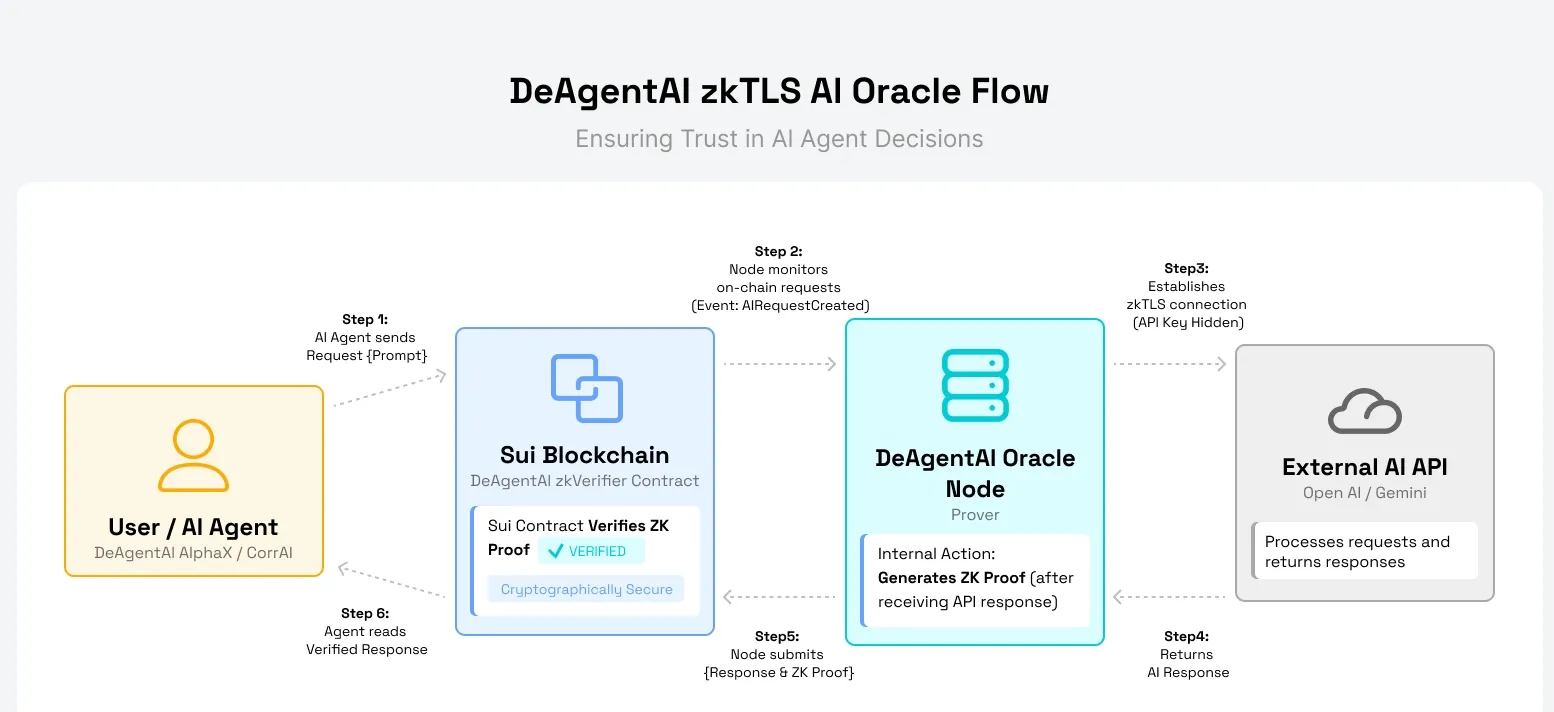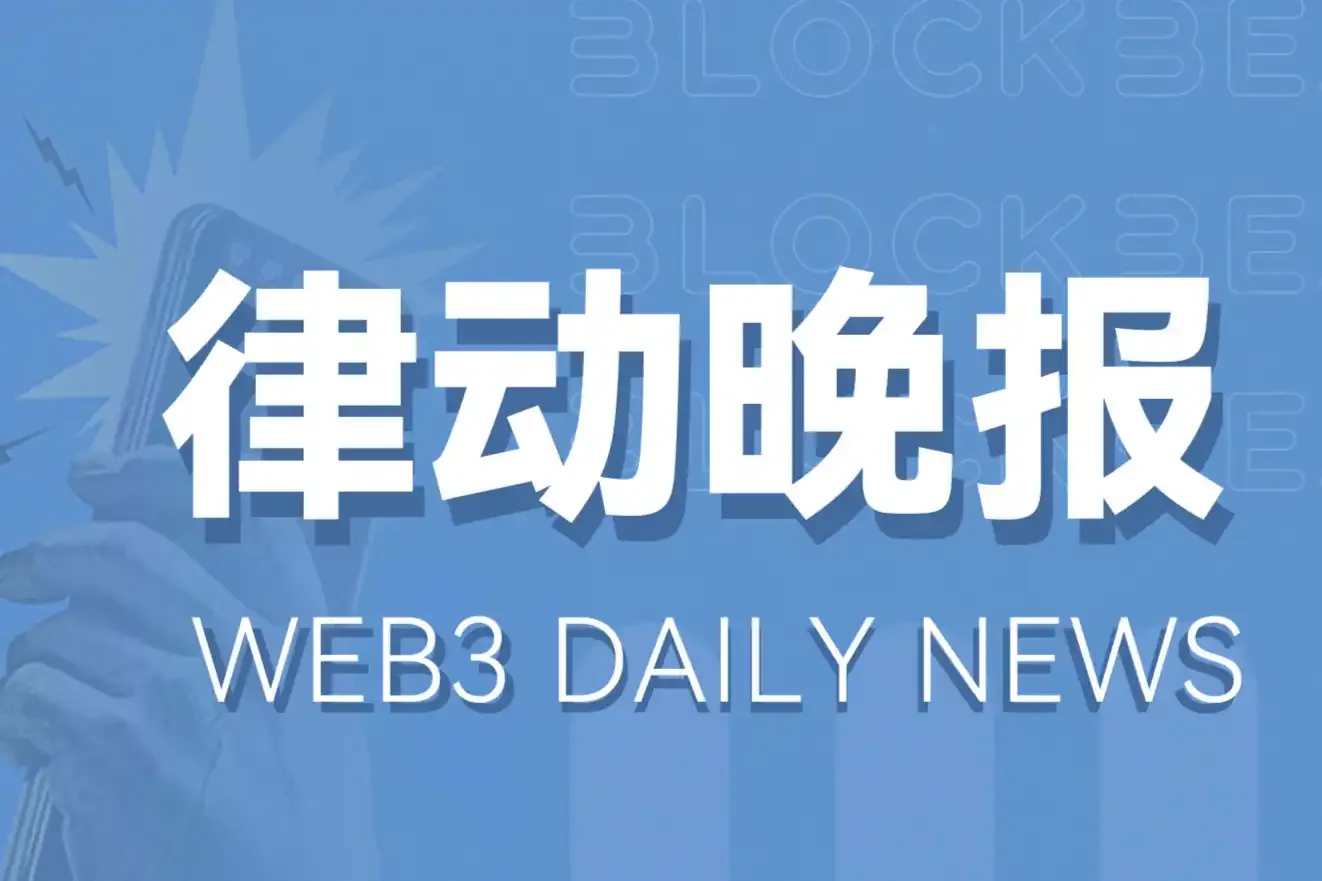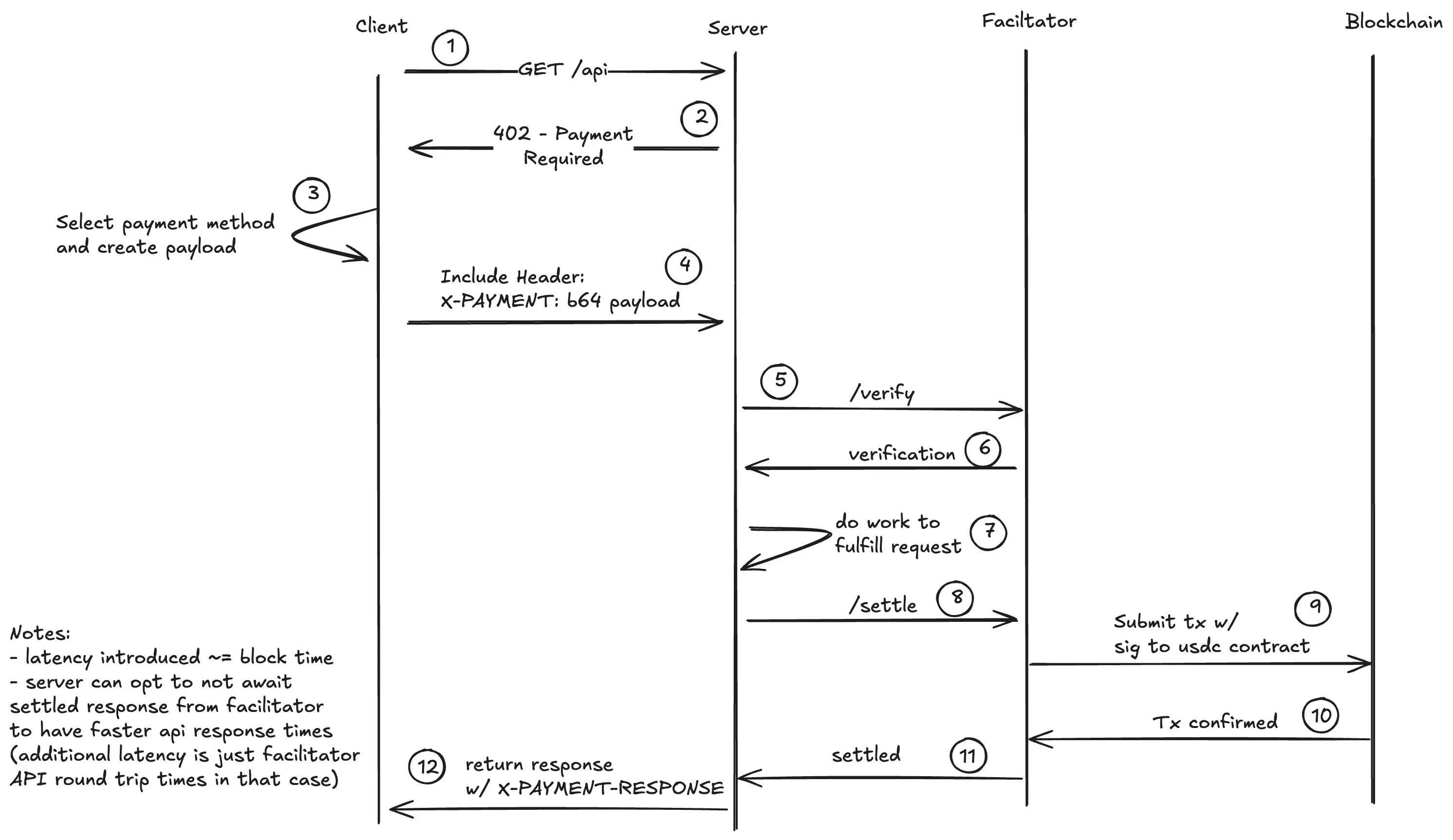Original Title: "A New $300 Billion Blue Ocean: Three Main Lines of the Stablecoin Ecosystem"
Original Author: Louis, Biteye
Introduction: Historical Turning Point of the Stablecoin Ecosystem
In 2024-2025, the global stablecoin market is experiencing unprecedented explosive growth. As of October, the total market capitalization of stablecoins has surpassed $300 billion, a staggering annual growth rate of 82.9% compared to $166.3 billion at the end of 2024. This growth not only sets a historical record but also marks a fundamental shift of stablecoins from marginal speculative tools to mainstream financial infrastructure.

Current market total stablecoin volume and transaction data https://app.artemisanalytics.com/stablecoins
The historic breakthrough in the regulatory environment has provided strong momentum for this growth: In July 2025, the U.S. GENIUS Act was officially signed into law, establishing the first federal-level stablecoin payment framework. Meanwhile, the EU's MiCA regulation will come into full effect in December 2024, laying a solid foundation for the standardized development of the stablecoin industry.
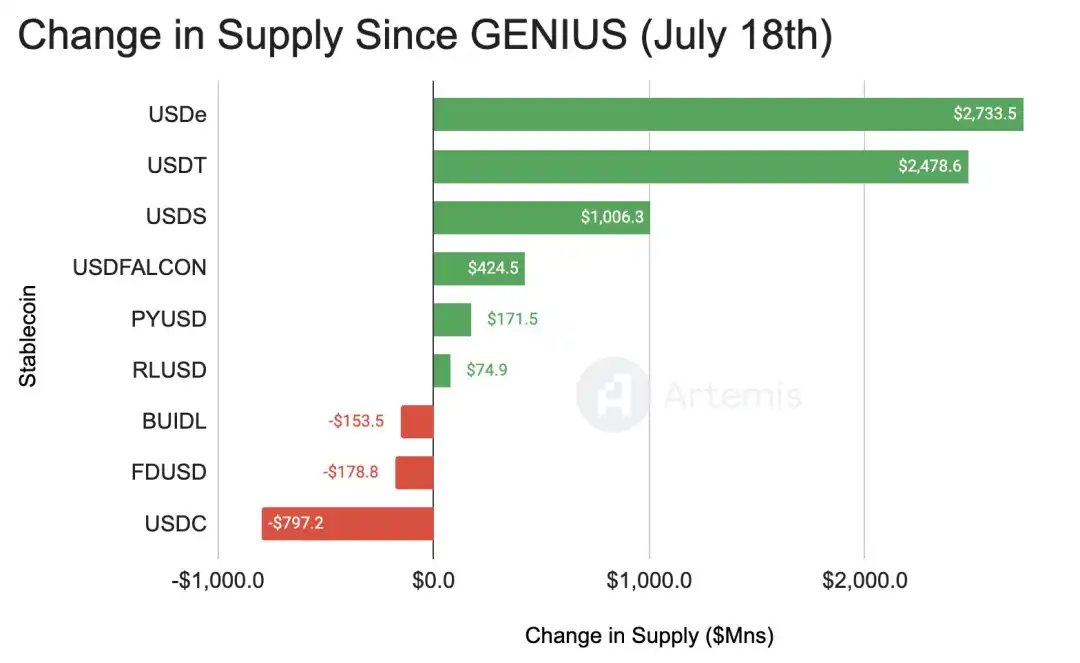
Stablecoin growth after the GENIUS Act https://x.com/artemis/status/1952074174001795316
Although USDT and USDC still dominate the market, their market share has decreased from 91.6% to 83.6%. The stablecoin market is quietly changing, with emerging stablecoin projects rapidly rising, such as:
· Ethena's USDe market cap reaching $11 billion
· PayPal's PYUSD market cap surpassing $2.76 billion
· RWA-supported stablecoin market size reaching $35 billion, with an annual growth of 46%
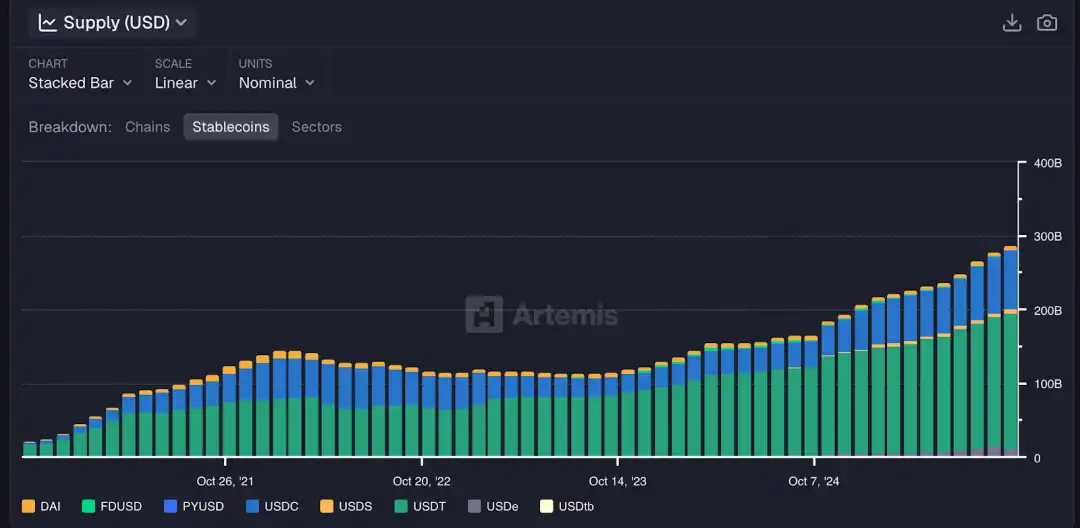
Market share of various stablecoins https://app.artemisanalytics.com/stablecoins?tab=stablecoins
Dedicated Public Chains for Stablecoins: Infrastructure Revolution
Traditional blockchains have exposed significant pain points when handling stablecoin transactions: Ethereum's high gas fees often reach dozens of dollars, and transaction confirmation times can range from seconds to minutes; while Tron has lower fees, it faces centralization risks and technical limitations.
The new generation of dedicated stablecoin public chains has achieved qualitative breakthroughs through technological innovation. These public chains generally support over 1000 TPS (transactions per second), zero or very low fees, and sub-second transaction confirmations. More importantly, they design stablecoins as native gas tokens, completely eliminating the impact of cryptocurrency price volatility on user experience.
Plasma: The Flagship Project of the Tether Ecosystem
As the leading project in the field, Plasma has raised a total of $75.8 million, including a $20.5 million Series A round led by Bitfinex and Framework Ventures in February 2025, with participation from notable investors like Peter Thiel and Bybit. After the mainnet test launch on September 25, 2025, the TVL (Total Value Locked) quickly reached $5.3 billion.
On the technical side, Plasma employs a customized PlasmaBFT consensus mechanism, achieving sub-second finality and over 2000 TPS processing capability. Its core innovation is the Paymaster system, which enables USDT transfers to achieve true zero fees while supporting customizable gas tokens and confidential payment features. The project has integrated Chainlink oracles and bridged pBTC through a non-custodial Bitcoin bridge, building a complete DeFi ecosystem.
Stable: Institutional-Level USDT Optimization Solution
Stable is positioned as "the payment track for the real world," focusing on institutional-level USDT applications. The project secured $28 million in seed funding in July 2025, jointly invested by Franklin Templeton, Hack VC, PayPal Ventures, and Bitfinex. The project uses StableBFT consensus, supporting 10k TPS and second-level finality while maintaining EVM compatibility.
Stable's technical feature lies in using USDT as the native gas token, achieving zero fees for P2P transfers through account abstraction. Enterprise features include batch transfer aggregation, compliant private transfers, and cross-chain USDT0 support. The project has integrated PayPal's PYUSD stablecoin, focusing on developing fiat deposit and withdrawal channels and debit card issuance.
Arc: Circle's Exclusive Ecosystem
Developed by Circle, Arc is positioned as "the home of stablecoin finance," deeply integrated into the Circle ecosystem. The project uses USDC as the native gas token, ensuring a predictable fee structure in USD. Technically, it employs the Malachite BFT consensus engine, supporting 3000 TPS and sub-second finality.
Arc's uniqueness lies in its built-in FX engine, supporting price-quote-based stablecoin conversions, as well as optional privacy features for compliance masking. The project is also exploring reversible USDC transactions to address fraud issues and is collaborating with the German stock exchange to promote EU market adoption.
In terms of financing scale and technological progress, Plasma holds a leading advantage with the support of the Tether ecosystem and the earliest mainnet launch time. Stable builds differentiated competitiveness through its institutional-level positioning and collaboration with PayPal, while Arc relies on Circle's compliance advantages and USDC ecosystem status. All three projects adopt BFT consensus mechanisms, which are more suitable for payment scenarios compared to the probabilistic finality of traditional PoS.
Yield-Generating Stablecoins: Innovative Yield Models
Yield-generating stablecoins provide users with a yield experience that surpasses traditional bank savings by embedding returns directly into the stablecoins.
Ethena USDe
The market cap of USDe skyrocketed from $8.6 million in January 2024 to $11.04 billion in October 2025, an astonishing increase of 13,750%, making it the third-largest stablecoin globally.
The technical innovation of USDe lies in its use of a delta-neutral strategy to maintain stability, by staking assets like ETH and WBTC while opening hedging futures positions on exchanges, creating a non-directional risk exposure. sUSDe offers holders an annual yield of 2.56%-3.72%, with returns sourced from Ethereum staking rewards, perpetual contract financing rates, and fixed income from stablecoins.
Sky Ecosystem
The Sky ecosystem (formerly MakerDAO) has reshaped the decentralized stablecoin lending market through brand upgrades and product innovations. USDS, as a reward-based stablecoin, has a market cap of $8 billion, providing users with an annual yield of 4.75% through the Sky savings rate mechanism.
Returns come from protocol surplus, including borrowing fees and liquidation income, distributed to savings users through the SSR mechanism. The project has also launched the Endgame plan for SubDAO restructuring, providing different services through specialized sub-protocols like Spark, Grove, and Keel.
Stablecoin Payment Infrastructure: Reshaping Global Finance
In 2025, the transaction volume of stablecoin cross-border payments reached $46 trillion, accounting for over 50% of Visa's throughput. The fee structure of traditional cross-border payments typically ranges from 2-7%, including transfer fees, exchange rate spreads, and intermediary fees, while stablecoins can reduce costs to 0.5-2%, saving 50-80% in high-frequency cross-border scenarios. More importantly, the settlement time for stablecoins has been reduced from the traditional 3-5 business days to under 3 minutes, significantly decreasing pre-funding requirements and cash flow interruptions.
The Strong Rise of BVNK
As a stablecoin infrastructure provider, BVNK achieved strong growth in 2025, processing over $20 billion in transactions annually, primarily serving enterprise clients like Worldpay, Flywire, and dLocal. Citi Ventures strategically invested in BVNK in October 2025 to support its global stablecoin payment track expansion. Meanwhile, Coinbase and Mastercard are negotiating to acquire BVNK, with a valuation of $1.5-2.5 billion, which would be the largest stablecoin acquisition in history, highlighting its core position in enterprise-level stablecoin payments.
Stripe's Innovative Layout
Stripe has launched a stablecoin subscription payment feature, supporting automatic deductions of USDC on the Base and Polygon chains, catering to the needs of AI and SaaS companies. This feature halves settlement costs, with AI companies reporting a 20% shift in payment volume towards stablecoins. Stripe has also introduced the Open Issuance platform to help businesses issue custom stablecoins and integrate AI agent payment tools.
Stablecoin AI Integrated Applications: Future Finance
With the rise of the AI agent economy, traditional API keys and subscription models can no longer meet the needs of autonomous trading between machines, giving rise to payment protocols and infrastructure specifically optimized for AI agents.
KITE AI: Building Layer-1 for the Agent Internet
KITE AI, as a leading project in this field, is dedicated to building the first Layer-1 blockchain optimized for the AI agent economy. KITE has completed an $18 million Series A funding round, led by PayPal Ventures and General Catalyst.
The project's core innovations lie in three major technological pillars: the Cryptographic Agent Identity Resolution (AIR), programmable permission management, and on-chain attribution smart proofs (PoAI). AIR serves as an agent application store, addressing trust issues between AI agents, allowing developers to deploy custom agents and access the ecological market through a low-code interface.
Recently, KITE and Brevis announced a strategic partnership to enhance the transparency and autonomy of agent identity and payment modules using zero-knowledge proof technology. The first modules of this collaboration will be deployed on the BNB Chain, with plans to expand to KITE L1 for cross-chain proof relaying.
x402 Protocol: Redefining the HTTP Payment Standard
The x402 protocol is jointly promoted by tech giants such as Coinbase, Google, and Cloudflare. When a client (such as an AI agent or application) accesses a protected resource, the server returns a 402 status code along with payment details in JSON format, including the amount, currency, and recipient address. The client then constructs a signed payment transaction and resends the request via the X-PAYMENT header. After third-party facilitators like Coinbase verify the on-chain payment, the server grants access to the resource. This entire process enables trustless execution, with payments settled on-chain to ensure auditability.
The technical advantages of x402 lie in its native HTTP integration and extremely low transaction costs. USDC settlements based on Base can be completed within 2 seconds, with gas fees below $0.0001 and zero protocol fees.
Investment Outlook and Risk Assessment
The stablecoin sub-track is transitioning from concept to reality, moving from speculation to application. Among the four emerging tracks, dedicated stablecoin public chains exhibit the clearest investment value. Plasma, supported by the Tether ecosystem and with a TVL of $5.3 billion, validates market demand, with a significant technological moat. As enterprise-level payment demands surge, such infrastructure projects are expected to achieve premium valuations. Enterprise-level payment solutions benefit from an improved regulatory environment, and BVNK's acquisition valuation of $1.5-2.5 billion reflects traditional financial giants' recognition of stablecoin infrastructure. Although AI integrated applications are in the early stages, the speed of technological innovation and application scenario validation exceeds expectations, making them suitable for investors with a higher risk appetite. The risk-reward ratio of yield-generating stablecoins is the most complex, and the de-pegging risk of synthetic models in extreme markets should not be overlooked.
Regulatory risk remains the biggest variable. While the GENIUS Act and MiCA regulations provide a framework for industry development, specific implementation details and enforcement standards are still evolving. Projects in the stablecoin track need to continuously monitor compliance costs and policy changes. Competitive risks are exacerbated by the entry of traditional financial giants, as strategic layouts by companies like Stripe, Visa, and Mastercard will reshape the market landscape, requiring emerging projects to maintain a leading edge in technological innovation and ecosystem development.
Investing in the new stablecoin track requires finding a balance among technological innovation, regulatory compliance, and market demand. With the rollout of key projects in 2025 and further clarification of the regulatory framework, this round of stablecoin infrastructure upgrades is expected to reshape the global payment landscape, bringing substantial returns to early participants.
免责声明:本文章仅代表作者个人观点,不代表本平台的立场和观点。本文章仅供信息分享,不构成对任何人的任何投资建议。用户与作者之间的任何争议,与本平台无关。如网页中刊载的文章或图片涉及侵权,请提供相关的权利证明和身份证明发送邮件到support@aicoin.com,本平台相关工作人员将会进行核查。
